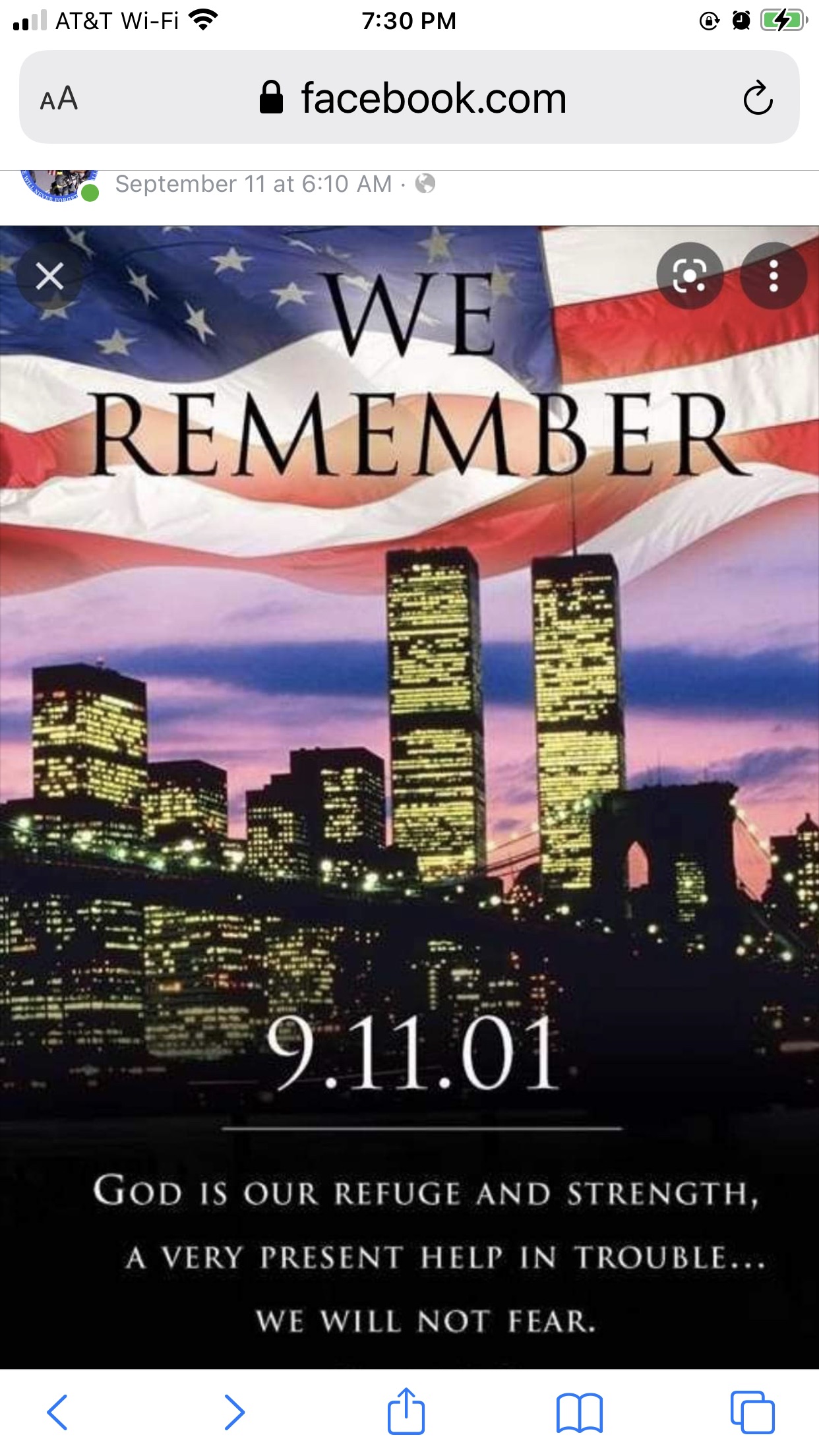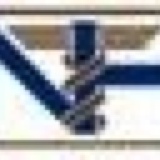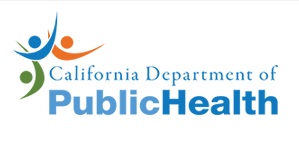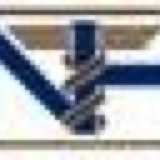Information
-
Conducted on
-
-
Select date
-
Department Surveyed
-
Department
-
Inspection Frequency
-
Survey Team
-
Add signature
-
- Yes
- No
- N/A
SAFETY MANAGEMENT
-
A02 - Evidence of smoking policy in force? No cigarette butts, stains, or ash in or around department? Check bins and outside areas, as well.
-
A03 - All earthquake hazards secure? All equipment over 5ft in height must be seismically secured. All equipment, furniture, and items in egress corridors must be secured.
-
A04 - No trip, slip, or fall hazards present in area? No trash bins stored on bed rails or below waste receptacles. All drinks and food must be covered when transported.
-
A05 - All confidential patient information is secure? No HIPPA concerns present.
-
A06 - All pressurized gas tanks are secured? All pressurized cylinders are to be either securely mounted or in a transport cart.
-
A08 - Utility rooms and closets are clean, organized, and uncluttered? No utility carts, light bulbs, or items left on the floor.
-
A10 - No under-sink storage? All sinks must have cabinets below secure to prevent burns and hazardous storage conditions.
-
A09 - All supply items stored off the floor? No patient care supplies are allowed to be kept directly on the floor.
-
A11 - All furniture is in good repair? No torn cushions, broken casters, broken arms, etc.
-
A12 - Kitchen area in department is clean, uncluttered, and safe for usage? No toaster ovens, refrigerator is kept in a clean manner, and no crumbs or food is left out to attract scavengers.
-
A13 - No expired food or drinks in department? All patient food must be labeled with expiration date. All staff food must be checked regularly to prevent spoilage and smells.
-
A14 - Medication refrigerator is clean and tidy? No stickers or access codes are attached.
-
A15 - No expired medications / supplies in department? Medication refrigerator, crash/code carts, respiratory supplies, and other items are to be checked to ensure no items is outside of expiration range.
-
A16 - Temperature logs on all refrigerators are current, in range, and action is documented when a discrepancy is noted? All dates must be filled out and signed. Ensure the department follows what instructions are indicated on the temperature log form.Check medication, patient food, blood, and other refrigerators in department. Ensure wireless temperature monitoring system is working, accurate, and document action that takes place.
-
A17 - Are all refrigerators properly labeled for their usage? Medication, patient food, and staff food labels must be present on ALL refrigerators.
-
A20 - Staff know how to report a safety / EOC issue? Proper responses may be to inform supervisor, call the facilities help line at HELP 4367, correct the issue if safe and
-
A21 - Computer on wheels / Beside mobile workstation / Workstation on wheels are all stored appropriately? No trash present on carts? Ensure all connections and wires are in good working order. Ensure locked trays are locked. Ensure logged out when not in use.
-
SECURITY MANAGEMENT
-
B01 - Restricted areas are properly labeled and appropriate?
-
B03 - Badges worn my all staff, visitors, patients, and vendors?
-
B02 - Access control systems (door monitors, badge access system, security cameras, door alarms) are functioning appropriately?
-
B04 - Code carts, including monthly log checks, are current and checked?
-
B05 - Needles and all sharps are secured and out of public way?
-
B06 - Medications are secured and out of public way?
-
B07 - Panic button is visible, known, functions and unobstructed?
-
B09 - Staff can explain the difference between a Code Grey (combative patient / disruptive person) and a Code Silver (person with a weapon / hostage situation)? Can staff correctly articulate a Code Silver response (shelter in place)? Are staff MAB trained and certified?
-
-
B08 - Other
HAZARDOUS MATERIALS MANAGEMENT
-
C02 - SDS information poster and stickers available? Fax back and online inventory information is readily available?
-
C03 - Is chemical inventory available and current? Do staff know where to find SDS documents?
-
C04 - Is all hazardous waste properly labeled? Do all red, blue, and other bins have proper identification? Is trash disposed of appropriately? Ie red waste in red bin, medication waste in blue bin, etc.
-
C06 - Is an appropriate spill kit available? Do staff know the locations? Are all supplies in the kit current and appropriate? Is PPE available? Gloves, face shield, mask, goggles, disposal items, etc.
-
C07 - Are protective supplies and equipment available? Are all PPE carts in appropriate locations and stocked with sufficient items? Are the supplies current? Are staff donning PPE appropriately?
-
C08 - Are all waste containers emptied in a timely manner? Red bins are not overfilled. Medication blue bins are big enough to handle waste load. Paper bins are not overflowing.
-
C09 - Are any devices containing mercury present in unit? Check all thermostats, temperature probes, thermometers, etc.
-
C10 - Are all eyewash stations and emergency showers in appropriate locations? Is the equipment checked weekly? Does water flow appropriately? Are all eyelets covered and signage appropriate?
-
C12 - Do staff know how to obtain an Safety Data Sheet? Do staff know how to read the various elements and know where to find the information needed?
-
C13 - Do staff know the Code Orange procedures? Can someone describe how to initiate a Code Orange and what to expect?
-
C14 - Are all soaps in department appropriate for their intended usage? Is all antibacterial soap in appropriate locations? Are soaps expired? Are all dispensers work as intended?
-
C15 - Are all hand sanitizing stations in appropriate locations (>6" from any ignition source)? Are all hand sanitizers labeled with expiration dates and within their range?
-
C16 - Are all chemicals stored appropriately to manufacturers recommendations? Are all chemicals labeled and up to code with current Globally Harmonized System requirements?
-
C11 - Other
EMERGENCY MANAGEMENT
-
D01 - Are all required manuals present in department? Can staff articulate where to find online manuals/P&P guides?
-
D02 - Is evacuation equipment available? Is equipment appropriate for patient population/age? Are staff familiar with devices? Do staff know where to find training information?
-
D04 - Is the hospital Quick Response Guide for codes available and current?
-
D06 - Does the department require a specific Departmental Emergency Operations Plan? Is it current and approved by the Safety Officer?
-
D08 - Are emergency lighting and power available in unit?
-
D03 - Other
LIFE SAFETY MANAGEMENT
-
E01 - Are locations of fire extinguishers known in department? Are fire extinguishers placed in appropriate areas? Is fire extinguisher appropriate for area and patient population?
-
E02 - Are locations of fire alarm pull stations known? Are pull stations placed in appropriate locations?
-
E03 - Are fire extinguisher inspections current and signed appropriately? Are any extinguishers missing from their identified location?
-
E04 - Are all fire extinguishers unobstructed and secured appropriately? Is signage for extinguisher visible and appropriate?
-
E05 - Are all sprinkler heads clear with 18" clearance? Are all sprinkler heads in area same type? Are all sprinkler heads clean, not corroded, and quick-response style?
-
E06 - Is an egress map posted? Is it correct? Is the '555' number clearly visible? Are all fire safety features identified on map?
-
E07 - Is EXIT signage in proper location? Are all EXIT sign chevrons displayed in appropriate direction of egress? Are EXIT signs in a confusing location?
-
E08 - Are EXIT signs properly lit? Does sign need to be replaced with LED model?
-
E09 - Are all fire doors clear, unobstructed, and able to swing clearly? Are any doorstops or doorchocks present in department?
-
E10 - Do all doors latch and close appropriately? Is gap between door and wall appropriate? Does door closure need to be adjusted?
-
E11 - Are all EXIT pathways and corridors clear for unobstructed access? Ensure ability to transport patients in a hospital bed is possible through egress pathway.
-
E12 - Is all equipment in the corridor to one side? Ensure no equipment is charging in hallway. Ensure no workstations are in corridor. Ensure only isolation carts, mobile workstations, and crash carts are equipment allowed in corridor. Ensure 30 minute rule is followed.
-
E13 - Are all electrical panels unobstructed, secured, and appropriately labeled? Ensure lock is functional and engaged. Ensure electrical diagram or map inside electrical panel is correct (is possible).
-
E14 - Are any firewall, smoke seal, or ceiling penetrations present? Ensure the smoke seal and fire walls are not compromised. Ensure fire caulking is appropriate and all penetrations are sealed with approved material.
-
E15 - Is the department medical gas zone shutoff valve labeled appropriately, secured, and unobstructed? Can staff articulate who has the authority to shut down the department piped medical gasses and when that would arise? Is the labeling for the zone valve correct?
-
E17 - ILSM - Is an ILSM in place? If so, can staff describe ILSM procedures and what is effected?
-
E20 - Are all linen, trash, and recycle containers stored appropriately? Do containers meet <64g requirement? Are all receptacles placed with a minimum 8ft distance to other receptacle? Are bins appropriate for area?
-
E21 - Are staff familiar with and can articulate the RACE and PASS procedures?
-
Hospital Fire Safety & Evacuation Video
-
PASS Information
-
E22 - Is all egress path lighting working, appropriate, and functional?
-
E23 - Are all fire sprinkler and fire alarm components working and in good repair? Ensure components are inspected as needed.
-
E19 - Other
MEDICAL EQUIPMENT MANAGEMENT
-
F01 - Are all medical equipment PM's complete and current? Check PM sticker on device for DUE ON date.
-
F02 - Are all medical equipment devices in good repair? Is device free of tape?
-
F03 - Are all pieces of medical equipment inventoried? Check for BioMed identification tag.
-
F08 - Do staff know the 3 steps to take when they find/identify a broken, malfunctioning, or dropped piece of equipment? <br>1 - Remove item from service<br>2 - Tag item as being broken<br>3 - Inform supervisor or BioMed of device
-
F07 - Other
UTILITIES & UTILITY EQUIPMENT MANAGEMENT
-
G01 - Are all lights in unit working?
-
G03 - Are all nurse call systems working appropriately? Does nurse call system work in both rooms and bathrooms? Do pull-cords function appropriately?
-
G04 - Are all overhead pages audible?
-
G05 - Is the tube system functioning properly? Are all tube transfer cases stored appropriately?
-
G06 - Is the unit free of extension cords? Extension cords may be used temporarily for approved devices, but no extension cord is to be used as a permanent outlet device.
-
G07 - Are all electrical outlets working? Are GFI outlets in appropriate locations? Are tamper-proof receptacles in appropriate locations?
-
G08 - Are all sinks in unit functional and in good working order? Is the faucet and sink work appropriately?
-
G10 - Do staff know locations of shut-off valves for various utilities in department?
-
G11 - Are all utility equipment items inventoried with a facilities tag?
-
G12 - Are all utility equipment item PMs current?
-
G13 - Are all utility equipment devices inventoried?
-
G09 - Other
ENVIRONMENTAL SERVICES MANAGEMENT
-
H01 - Is the department clean? Ensure floor, sinks, all working surfaces, tables (top and bottom), bathrooms, and closets are clean and free of debris.
-
H04 - Is the department dusty? Are all high ledges and ceilings, walls and vents clear or dust and debris?
-
H05 - Other
GENERAL MAINTENANCE
-
M01 - Paint and patch
-
M02 - Stained ceiling tiles
-
M04 - Signage issue
-
M05 - Window coverings
-
M06 - All surfaces are solid and able to be clean/disinfected?
-
M03 - Other










